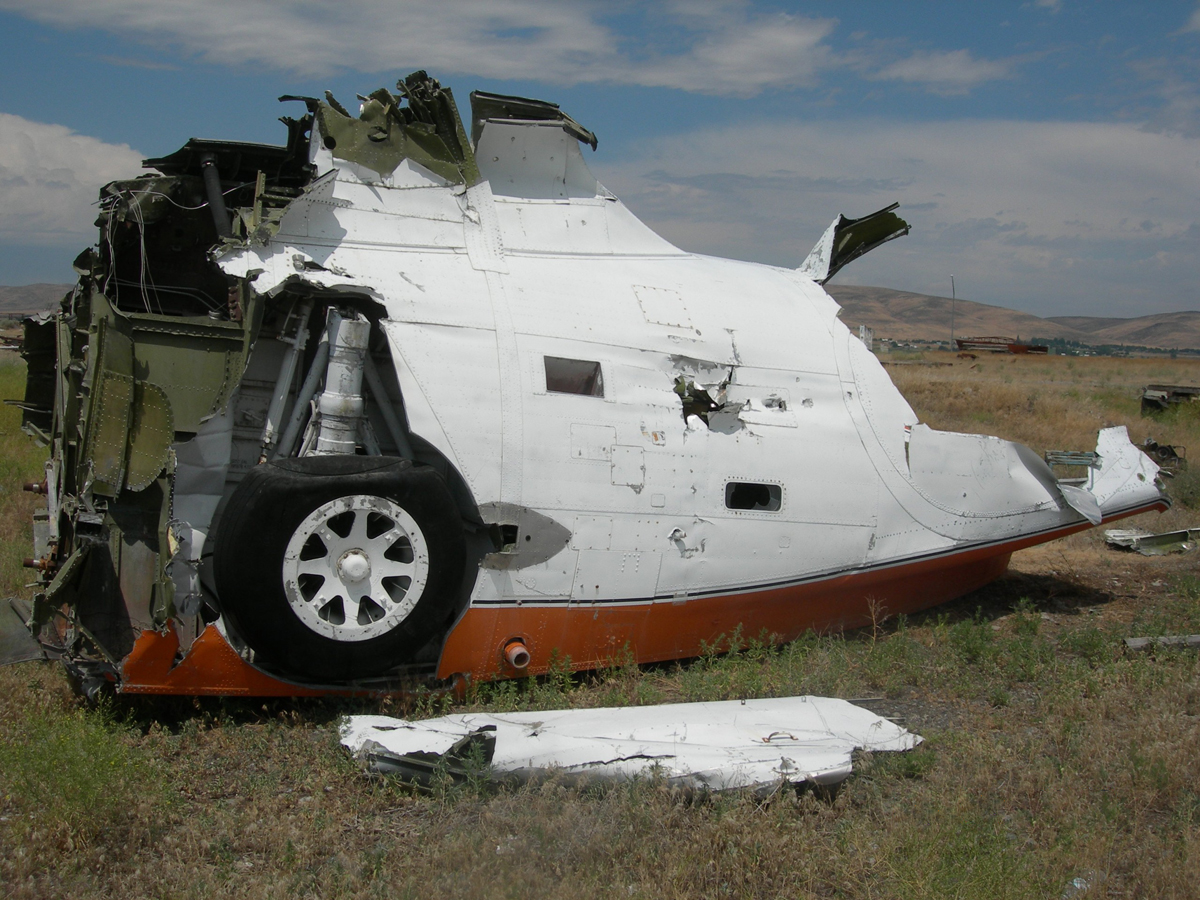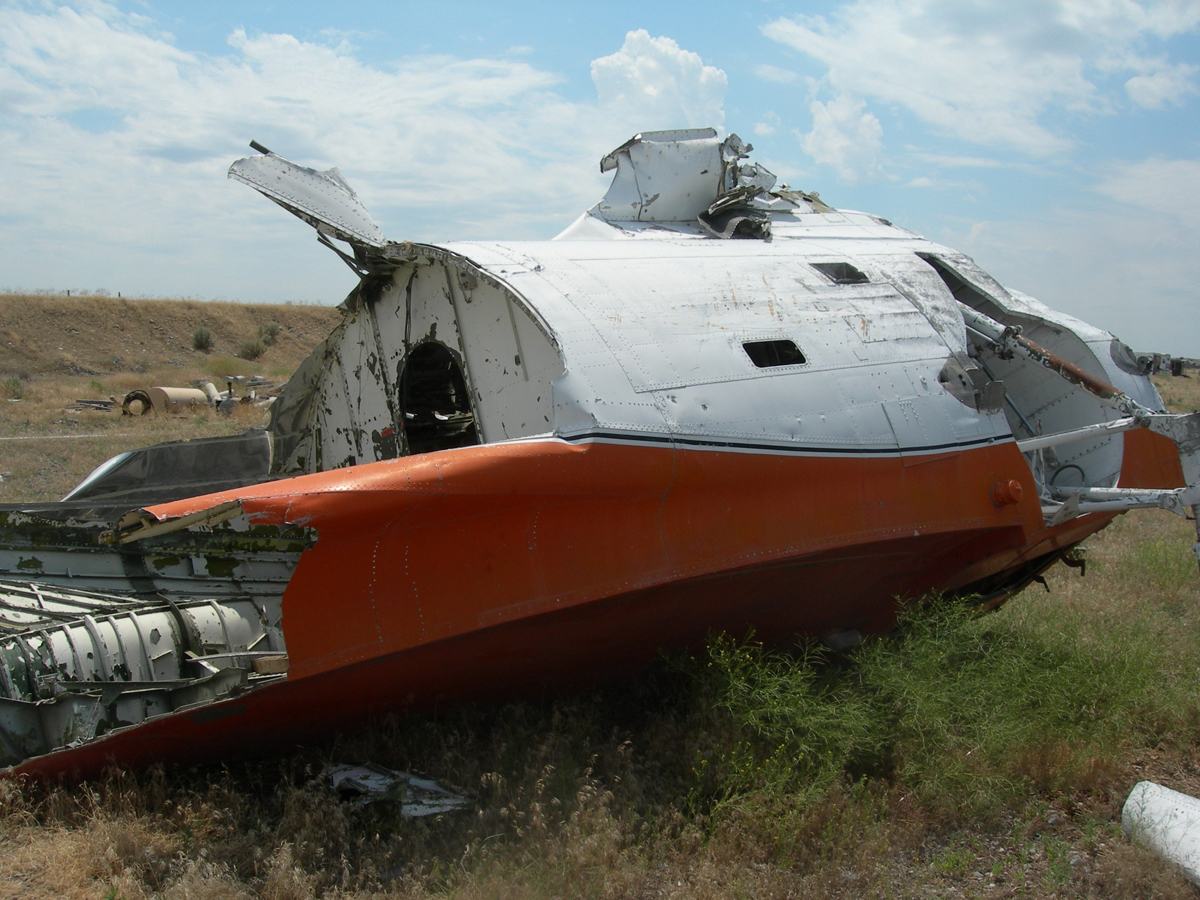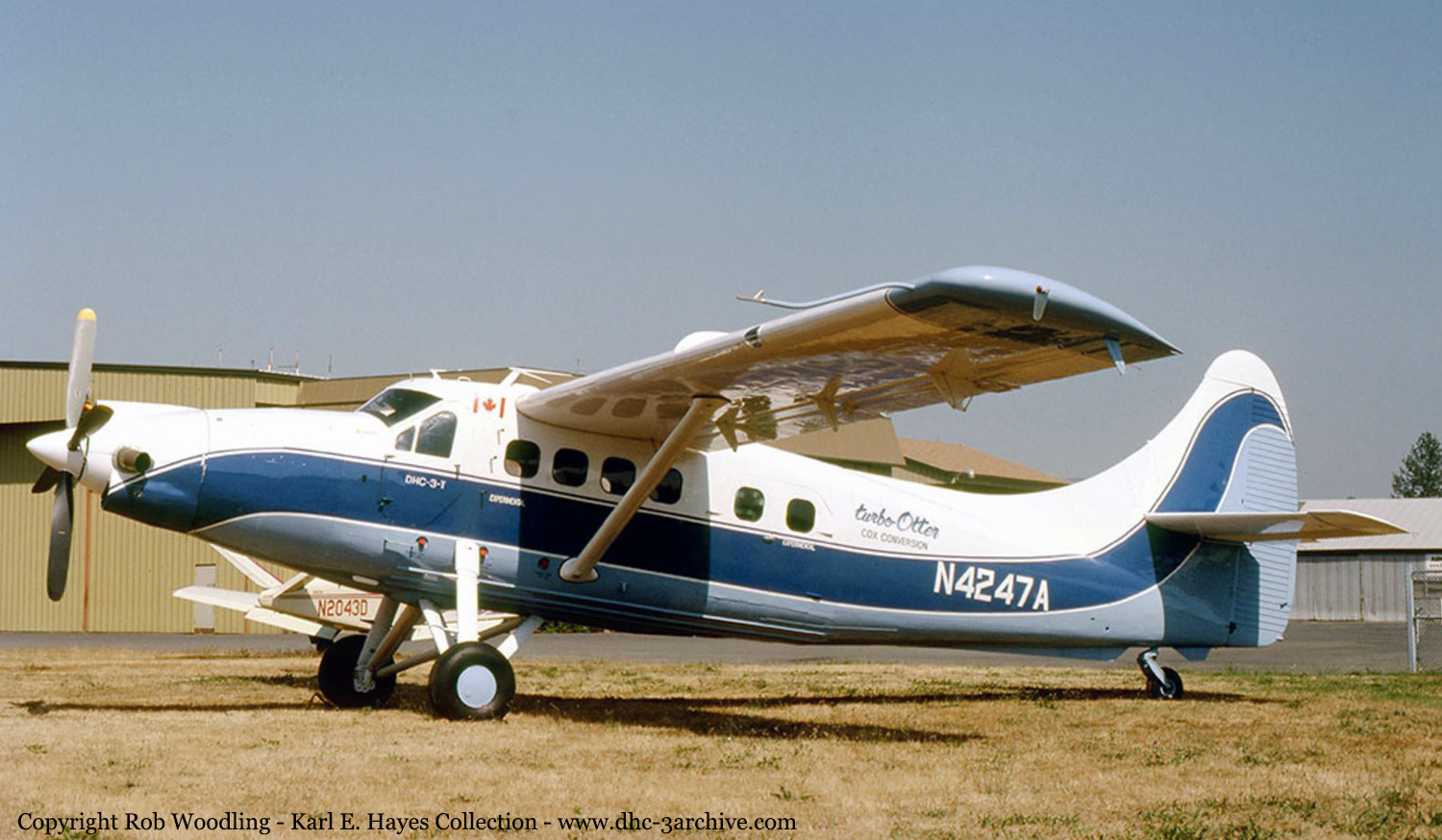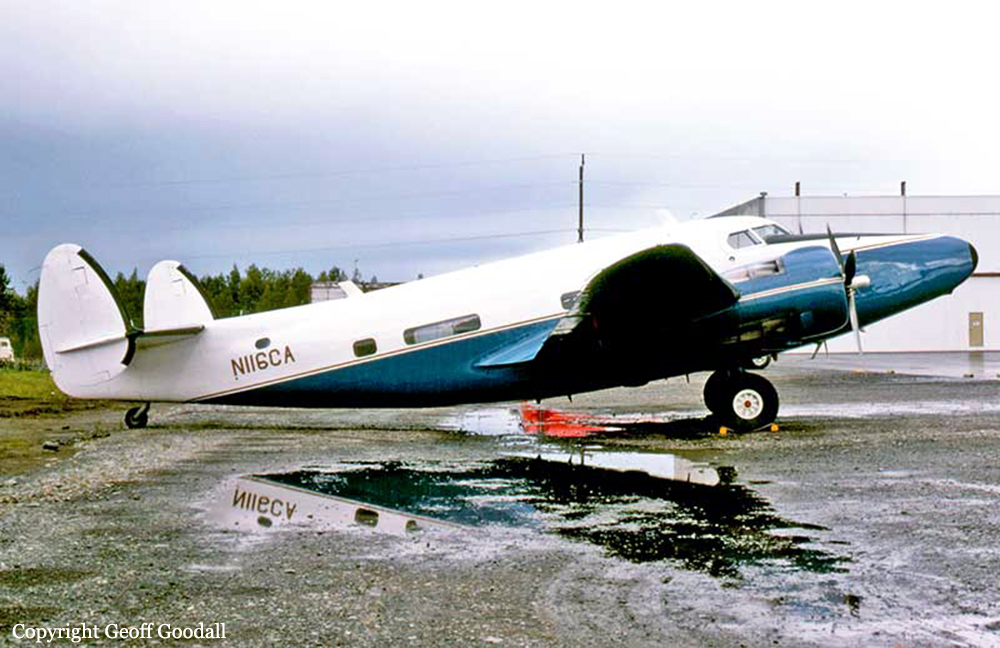Crash of a De Havilland DHC-2 Beaver in Sedro-Woolley
Date & Time:
Jun 8, 1987 at 1203 LT
Registration:
N64384
Survivors:
Yes
Schedule:
Sedro-Woolley - Renton
MSN:
622
YOM:
1954
Crew on board:
1
Crew fatalities:
Pax on board:
0
Pax fatalities:
Other fatalities:
Total fatalities:
0
Captain / Total hours on type:
127.00
Aircraft flight hours:
16008
Circumstances:
Shortly after takeoff a loss of power occurred and the aircraft struck trees in flight. Less than 1/2 fuel was available in all three fuel tanks. The fuel selector valve was tested and found that the selections plate was indexed off center for all selections due to wear. In the takeoff attitude unporting occurred allowing air to be drawn into the system. The pilot escaped with minor injuries.
Probable cause:
Occurrence #1: loss of engine power (partial) - mech failure/malf
Phase of operation: takeoff - initial climb
Findings
1. (c) fuel system, selector/valve - worn
2. (c) fluid, fuel - starvation
----------
Occurrence #2: forced landing
Phase of operation: descent - emergency
----------
Occurrence #3: in flight collision with terrain/water
Phase of operation: descent
Findings
3. (f) terrain condition - high obstruction(s)
4. (c) clearance - not possible
Phase of operation: takeoff - initial climb
Findings
1. (c) fuel system, selector/valve - worn
2. (c) fluid, fuel - starvation
----------
Occurrence #2: forced landing
Phase of operation: descent - emergency
----------
Occurrence #3: in flight collision with terrain/water
Phase of operation: descent
Findings
3. (f) terrain condition - high obstruction(s)
4. (c) clearance - not possible
Final Report:









